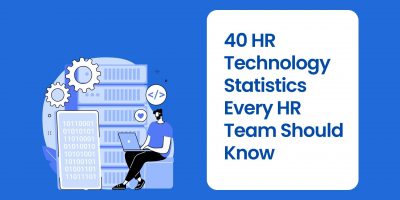
40 HR Technology Statistics Every HR Team Should Know
Equip your HR team with essential statistics in HR technology that will empower you to make informed decisions for your organization’s success.

A person spends one-third of their life at work, which amounts to 90,000 hours over a lifetime spent with coworkers and managers.
People in organizations interact daily, forming official and personal relationships, and inevitably conflict will arise. An effective employee relations strategy directly influences the company, promoting or hampering its growth.
The overseeing of employee relations is a crucial responsibility of a company’s HR department. Everything HR does affect employee relations directly or indirectly, and many factors influence this relationship.
Each employee networks and establishes working relationships with colleagues at work, team members, managers, and other employees. Not everyone will always get along. However, poor employee relations significantly affect employee performance and productivity.
Employee Relations Management (ERM) is the management and oversight of all interpersonal dimensions in these employee-employer relationships. This relationship includes maintaining company culture, resolving workplace conflict, conducting internal investigations, and identifying potential legal issues.
At its core, HR’s objective is to establish good contractual and practical relationships which foster a cooperative and efficient work environment.
Creating good relations lasts for the entire employee journey, starting from the first day of work, and ending when the employee leaves the company.
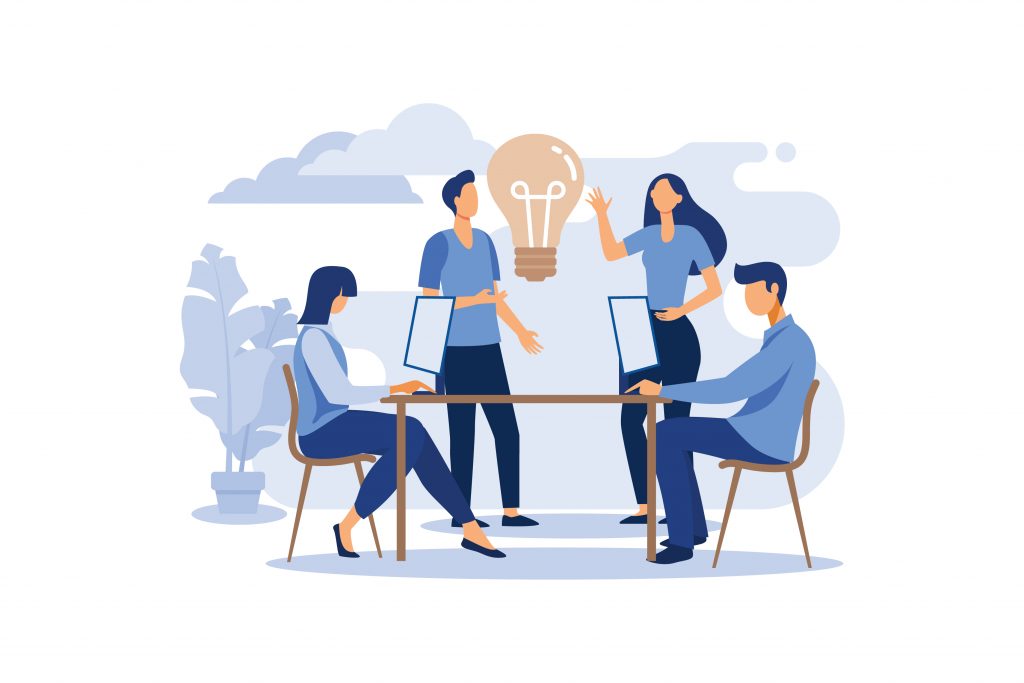
Harmonious relationships that are well-maintained are crucial to organizational development. Recognizing behaviors that need to be documented, investigated, and reported is equally important. Some examples of employee relations issues are:
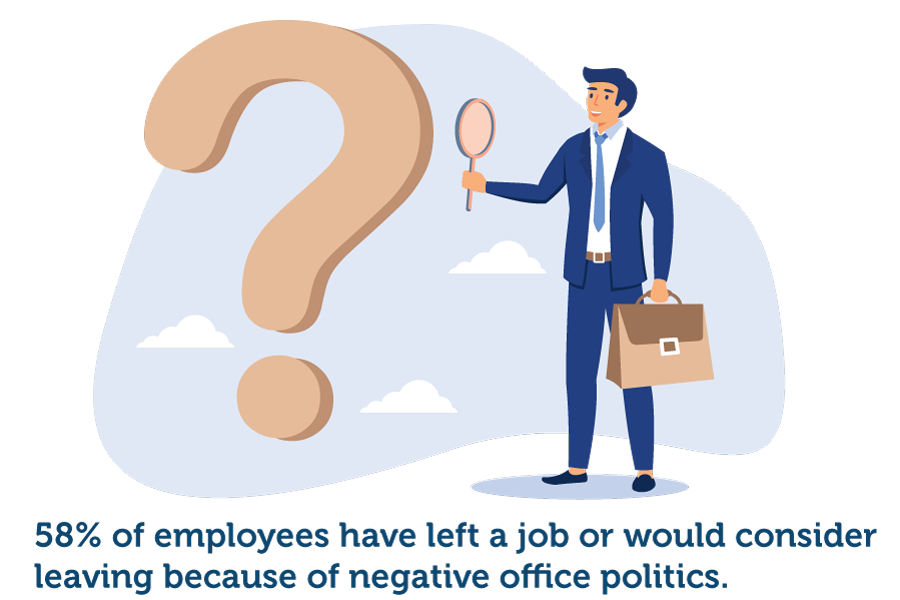
As mentioned in Shortlister’s “55 Troubling Workplace Stress Statistics for 2021”, 58% of employees have left a job or would consider leaving because of negative office politics. This statistic clearly indicates that toxic work culture is a deal-breaker for most employees. Tackling grievances on a timely basis and proper documentation is essential in protecting the company and proactively managing organizational risk.
When ER significantly impacts a company’s growth, it is not surprising that organizations choose to invest in HR software.
Using unstructured and inconsistent methods of handling these matters puts the company at legal risk. HR professionals can efficiently and effectively record all employee complaints, safety violations, and misconduct using ER case management software.
To bolster this positive employer-employee relationship, the company uses a framework to formalize the developing employee relations policies and programs. They provide guidelines for resolving employee grievances and help ensure each issue is solved consistently and with no special treatment.
When these policies are formulated, they aim to cover critical matters such as policy compliance, diversity and inclusiveness initiatives, rewards and recognition, and mediation procedures.
The downfall of many companies is not knowing how to develop a culture of well-being where employees feel they are heard and treated fairly. Transparency, communication, and recognition are the pillars of a positive work relationship.
Positive work relations have many benefits, including:
Although employee relations are a broad, tricky, and delicate subject, they are vital for success. An unhealthy office environment filled with disputes and tension leads to employees quitting and high turnover rates.
In contrast, employees are more likely to work harder and remain loyal to their employer when they feel connected and engaged.

Every workplace needs an effective strategy to create a strategic balance and manage its relations. Enforcing some of these best practices is a good starting point to healthy workplace relations.
Employees need to have a proper channel to voice their grievances and concerns at any time. An open door policy ensures that workers are welcome to express any issues confidentially.
Employees build trust in their employer when they are timely informed of important decisions, and frequent two-way communication is established. Keep your employees in the loop by sharing memos on any organizational policies or program updates, sharing newsletters, having bulletin boards, and keeping them notified as soon as possible of any changes.
Companies also invest in employee engagement software to get easy and quick feedback through pulse surveys.
This data can help detect any shortcomings in their communication protocols and recognize disengaged employees. Good and honest communication is the foundation of any relationship, and the employer-employee one is no different.
The first step of this effective employee relations practice is to ensure your employees know and understand the vision and mission of the company.
Employees feel connected when they share a common goal.
When they know, they are a part of something bigger and their contributions matter, they feel empowered. As employees actively reach business goals and milestones, they bond and establish profound interpersonal relations.
Your employees play a central role in the company’s growth, and it is just as important to involve them in the decision-making process. While you must get your team behind the vision, they must also play an active role.
Managers show their trust in their employees when they give them a certain level of decision-making power. It provides workers with the autonomy and responsibility to manage their own tasks and be in control of their work.
If supervisors micro-manage and stifle all decision-making, employees might feel like they are not trusted enough to perform. It creates a stressful environment, builds distrust, and impacts engagement and morale.

Affirmation, feedback, and reward are the main drivers of employee motivation.
When employees are rewarded for their contributions, they feel pride and want to work harder. Creating a culture of recognition is a significant boost to employee morale and engagement.
In fact, a study showed that employee recognition is one of the top five drivers of employee engagement. Another study illustrated that simple thanks or recognition from their boss made 90% of employees feel a high level of trust in their boss and leadership.
Professional and personal growth opportunities are critically important to fulfilling employees’ needs. By investing in them beyond their salaries and wages, companies that invest in their employees provide them with room for personal growth and advancement. A healthy workplace is where employees feel supported and are given opportunities to thrive.
Create a work culture where everyone is treated fairly and is given equal opportunities. Managers should not show favoritism and instead foster inclusion and give everyone the same treatment. Inclusivity empowers employees and builds long–lasting trust in their relations.
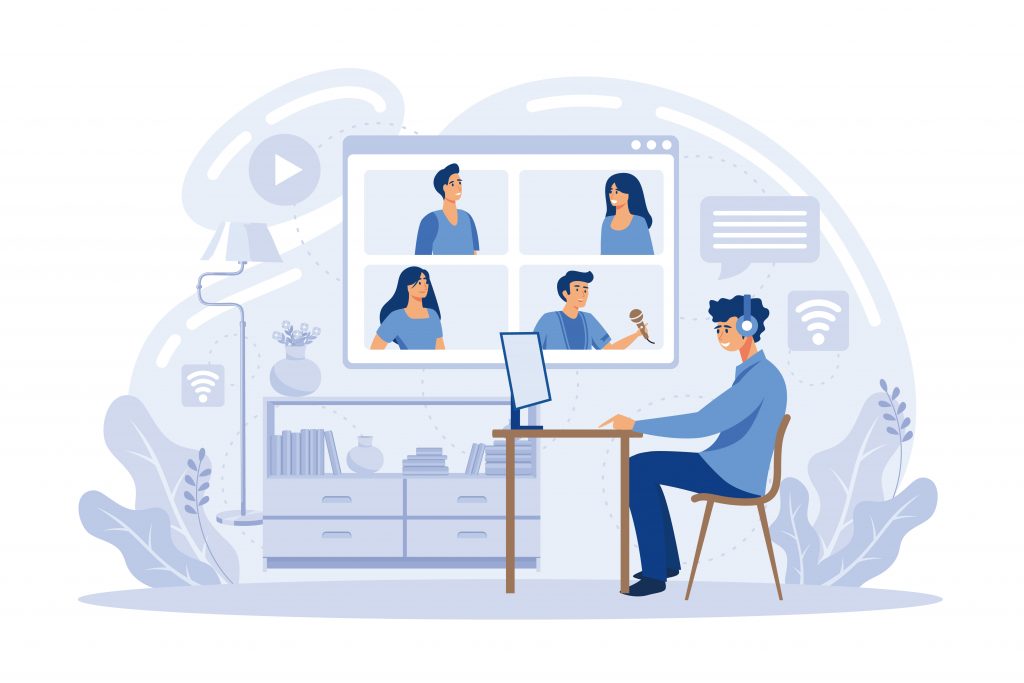
According to the” Workplace Class Action Litigation Report,” in 2020, there was a spike in lawsuits filed against organizations. Eight of the top ten settlements were class-action lawsuits over allegations of race discrimination, gender discrimination, sexual misconduct, pregnancy discrimination, and employment discrimination.
Organizations must establish strong and effective HR policies to set company expectations and boundaries.
These operational guidelines must be aligned with all regional laws and clearly communicated to all employees. Aside from having these policies in writing, proper documentation of any misconduct is vital in protecting the organization from legal risk.
Some essential HR policies that organizations have nowadays are:
The Covid-19 pandemic changed the workplace in many ways, from adapting to work from home to new health and safety protocols and expanded paid sick leave. HR teams needed to make swift and coordinated policy responses to protect workers. Workplace policies need to reflect the changes and shifts occurring in the world.
Browse our curated list of vendors to find the best solution for your needs.
Subscribe to our newsletter for the latest trends, expert tips, and workplace insights!

Equip your HR team with essential statistics in HR technology that will empower you to make informed decisions for your organization’s success.
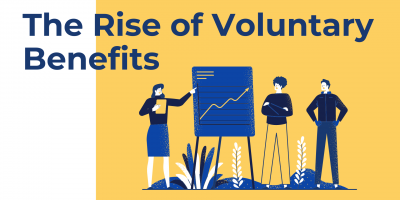
As employee priorities and needs shift, the importance of voluntary benefits in the workplace is increasing.
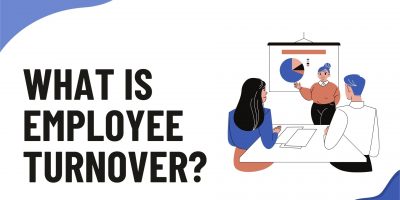
When a company has a reputation as a revolving-door employer, it becomes challenging to attract top talent, affecting the whole workforce dynamic. Thus, it is vital to understand what work turnover is, how to deal with it, and, better yet, prevent it from happening.

Is HR the cornerstone for employee well-being? Uncover its role in transforming workplaces into thriving communities.
Used by most of the top employee benefits consultants in the US, Shortlister is where you can find, research and select HR and benefits vendors for your clients.
Shortlister helps you reach your ideal prospects. Claim your free account to control your message and receive employer, consultant and health plan leads.